International Heritage Centre blog
Virtuous bodies and women who miss trains
Virtuous bodies and women who miss trains
In one of my previous blog posts, ‘Inside affairs’: cataloguing the Henry Edmonds papers, I described how the papers had helped me to piece together the story behind an unusual cabinet card in our collection, and that story involved the legacy of the wealthy benefactor Elizabeth Orr Bell of Harviestoun Castle. Uncovering Mrs Bell’s story got me interested in finding out more about other women whose contributions bolstered and expanded the work of The Salvation Army in its early decades. This blog is about one such woman, Olive Christian Malvery Mackirdy, and it is the first of a pair of posts about her and the hostel she bought for The Salvation Army. Look out for the second by our Social Historian, Kevin, later this year.
In 1910, the author, journalist and, later, biographer of William Booth, Harold Begbie, wrote an article for The Daily Chronicle exhorting readers’ support for a scheme to ‘build walls of protection round the bodies of virtue’. In practical terms, this meant the provision of an affordable shelter or lodging house for ‘good women’—poor, homeless, and friendless women who, in Begbie’s eyes, distinguished themselves from other ‘public women’ by merit of their determination to preserve their ‘virtue’ in the face of desperate circumstances. The scheme he was writing in support of was the brainchild of Mrs Mackirdy, better known to audiences of the time as Olive Christian Malvery.
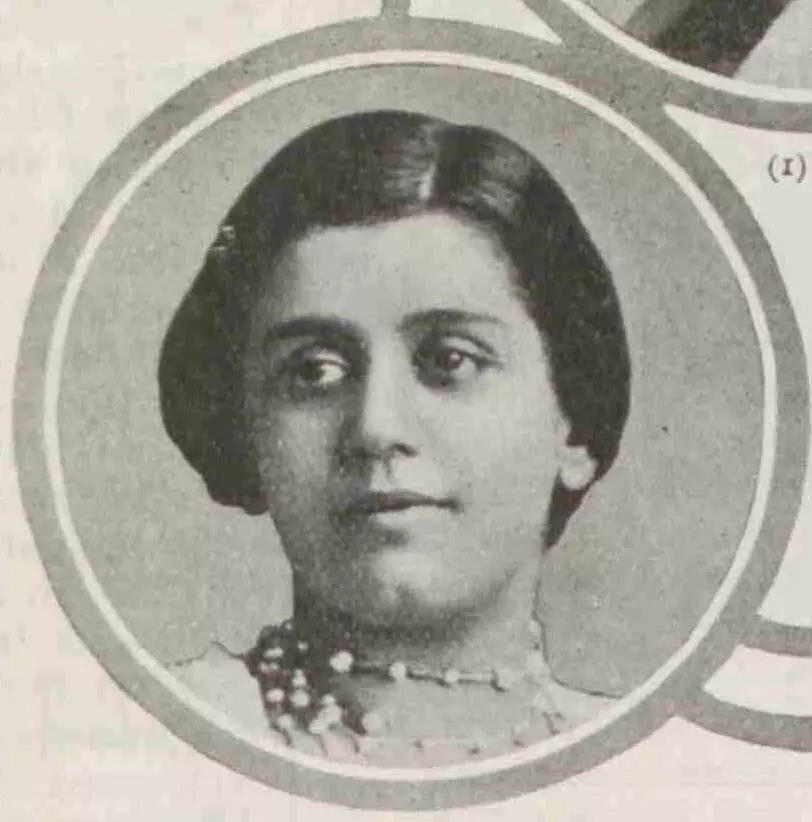
Olive Malvery was born in Lahore in modern-day Pakistan, then part of British India, in 1871. She was of mixed Asian and European heritage. In her late twenties, in early 1898, Olive moved to London to study singing at the Royal College of Music. According to the historian Judith Walkowitz, after her studies Olive ‘managed to “carve out a new path for herself” as a reciter of “Indian pictures”—poems based on Indian legends and stories put to music [and] became “an instantaneous success” at Society events.’
Through her Society connections, Olive became involved with the Women’s Christian Temperance Union internationally, travelling around the UK as well as to Switzerland and the USA to promote the cause. After an encounter in her student days with a destitute flower-seller, she also developed a deep concern for the plight of impoverished women. You can read more about this encounter as well as a much fuller biography of Olive on the wonderful Olive Christian Malvery website, created by Hackney Museum Curator Rebecca Odell.
In 1904, Olive’s celebrity and her social conscience found a common outlet when she was commissioned by Pearson’s Magazine as an undercover reporter to investigate and document the conditions experienced by the poor working women of London. She donned a series of disguises in order to live and work amongst them for several weeks, taking up jobs as disparate as flower-girl, barmaid, and organ-grinder, while sleeping rough on the Thames Embankment or—worse—in the workhouse casual ward. The result was the photo-illustrated series ‘The Heart of Things’, which she later revised and republished as a book under the title The Soul Market. The Salvation Army’s women’s social work magazine, The Deliverer, praised her for writing so ‘earnestly and helpfully of social problems, and [sparing herself] no pains to acquire a thorough knowledge’ of the subject.
It was while undertaking her undercover research for ‘The Heart of Things’ that Olive’s affinity for The Salvation Army was born. She reportedly came to the conclusion that all social work in England should be under the direction of The Salvation Army and Dr Barnardo. Over subsequent years she would refer back on several occasions to her experience of spending a night in The Salvation Army’s Hanbury Street shelter. The episode is described in chapter 16 of The Soul Market but the lasting impression it made on her becomes apparent through her actions and words over the remaining years of her sadly short life.
At a Salvation Army fundraising event in 1911 celebrating the 50th birthday of Florence Booth, the leader of its Women’s Social Work, Olive took to the stage to give the following account, which was reported in The Social Gazette (25 November 1911):
Mrs Mackirdy […] said she had known The Army for a great many years, and had seen the work without the Officers knowing who she was. After spending one night on the Embankment, she went down with a number of other forlorn women to Hanbury Street. They had to wait some time before the door was opened, and she stood there with those miserable people, feeling just as unhappy as they did, because she knew what all the destitution and wretchedness meant.
When the door opened, the sister came out and, perhaps thinking she looked less used to that sort of thing, put her arm round the speaker’s shoulder. […] The tears came into her eyes, because she had had very different receptions in other places…
This moving experience set her on a course that brings us back to the appeal by Harold Begbie with which I began this blog. Just a few months before she spoke at Florence Booth’s birthday celebration, Olive had submitted a letter to the Pall Mall Gazette in connection with the same appeal. In it, she wrote:
For seven years now I have been continually working to rouse public sympathy for homeless women and girls. There is more than ample provision for men, and “rescue” homes [for “fallen” women] abound, but of clean and cheap night shelters for women and girls there is an appalling dearth.
Not long after her experience at Hanbury Street shelter, she set up a fund to collect for this aim, with the first £100 contributed by her husband Archibald Mackirdy. Olive grew the fund over several years, making use of her connections and public profile to raise donations while also devoting the profits from her own writings to the cause. By the spring of 1911, enough had been raised for Olive to begin negotiations for the purchase of a suitable house and with assistance from The Salvation Army’s Property Department, she was able to secure one ‘not far from Oxford Circus’ by September. Mackirdy House, as it was to be known, was at 79 Great Titchfield Street, making it the only Salvation Army home for women in the west of London at that time. It could accommodate fifty women and six children. Opened on 2 November 1911 by the Duchess of Albany, it was:
most attractively papered and painted, with a different colour-scheme for each floor (there are five and a basement), fitted throughout with electric lights, extra baths, modern fireplaces and other conveniences, and furnished in the most homelike manner imaginable. Hair mattresses are on every bed, no room containing more than three, and the window curtains are charming—white casement cloth dotted with red sweet peas!
Olive herself reportedly laid out ‘lovely flowers, pots of heather, and even little bags of lavender—one for each bed’ ready for the opening.

Something that struck me as I read through articles in The Deliverer and other Salvation Army periodicals to research this piece was a change of tone that occurred around 1910—a year or so before the full sum needed for Mackirdy House was finally raised. Prior to this, articles that refer to Olive’s fundraising efforts talk matter-of-factly of her ‘interest in homeless women in London’ and ‘the lack of suitable accommodation for single working-women in the Metropolis’. However, one of these articles, published several years after the fundraising had begun, also laments that ‘it is a trial of our faith that funds […] are so slow in coming to hand’. Perhaps it was this slowness that led to a change of tack because in 1910, articles connected to the fundraising campaign (many of them reprints from non-Salvation Army sources) suddenly become dramatic and emotive in the extreme, showing strong influences of Gothic fiction. The threat of an ‘unwritable contagion’ hangs over every sentence justifying the need for Begbie’s ‘walls of protection’. Women ‘too weak to create fear, too virtuous to do harm’ are abandoned by society, left ‘in the shadows’ or on the ‘bleak’ and ‘perilous’ streets to be pursued by ‘awful human ghouls’. After this the fundraising target was soon met, so contemporary audiences, it seems, responded better to being shocked and shamed, or perhaps just darkly thrilled and entertained, into parting with their money for a good cause.
However, there was also a more troubling side to this air of alarm and the arguments used to rouse sympathy and raise cash. At the opening of Mackirdy House,
speaking of the rapidity with which the taint of vice may be spread by initial neglect, Mrs Mackirdy told of a case which had been carefully worked out showing that 1,066 people had, in a succession of generations, descended from one woman who, neglected by her parents, had been allowed to sink into a vicious life. All of these persons had been, more or less, a burden on the State. ‘Do you call that cheap?’ she cried.
This anecdote reflects the currency that pseudo-biological theories about heredity and the degeneration of the human race held at this time. Fears of social decline influenced not just literary output, particularly in the form of Gothic fiction, but political thought and social policy across the political spectrum. In this case, the line of thought was being used to argue for the creation of a supportive framework for one ‘class’ of woman rather than any kind of harmful punitive measures, but it is no less troubling to see it harnessed for that purpose. I was very glad to see such language disappear from articles about Mackirdy House almost as suddenly as it had appeared. From 1913, no longer are its residents described as ‘bodies of virtue’ but rather ‘working girls’, ‘young business women’ or simply ‘women who miss trains’.
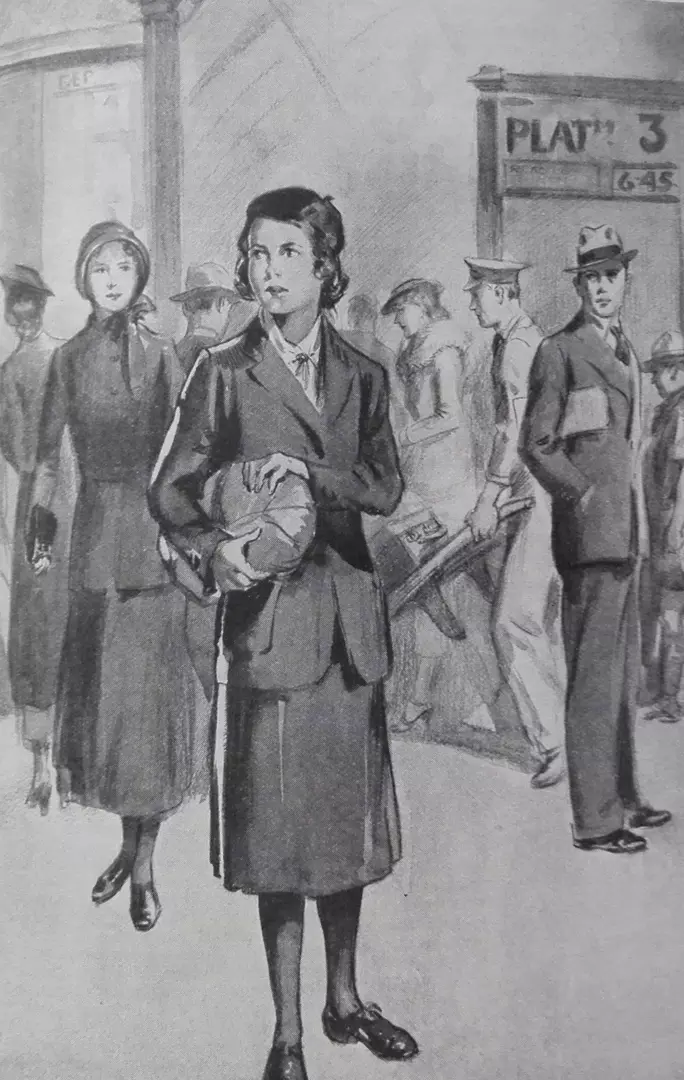
Olive Mackirdy sadly died in 1914 after suffering from cancer. A year before her death, she succeeded in opening a second hostel for women and girls at Paddington which she donated to the Church Army. Her Salvation Army shelter, Mackirdy House, survived her by several decades, carrying on the work she believed so ardently in until the Second World War. You can find out more about the later years of Mackirdy House from our Social Historian, Kevin, in another blog coming soon.
Ruth
January 2021
Read other blogs from the Heritage Centre
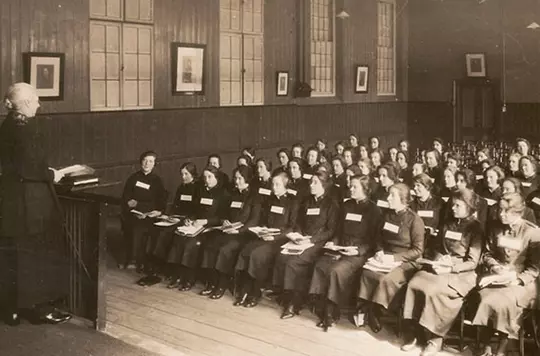
Women's History Month 2021 roundup
This blog post brings together the resources that we have shared via social media, throughout Women's History Month 2021.
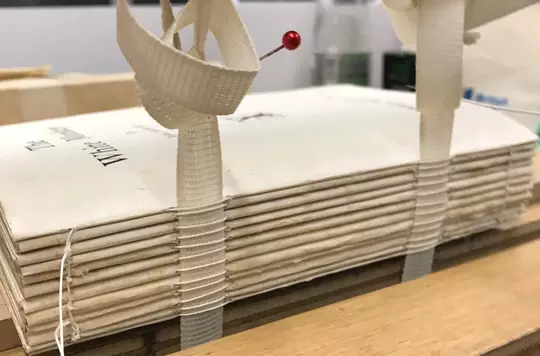
Getting Under the Covers in Book Conservation
This month Archive Assistant, Chloe, relates her experience at CityLit's interventive archival conservation course.
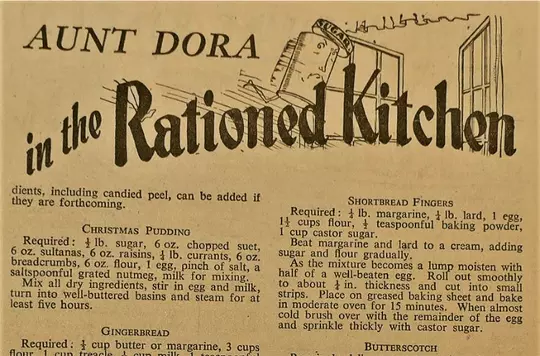
The Great British (Archival) Bake Off
Discover some of The Salvation Army's archival recipes and our experiences reproducing them.
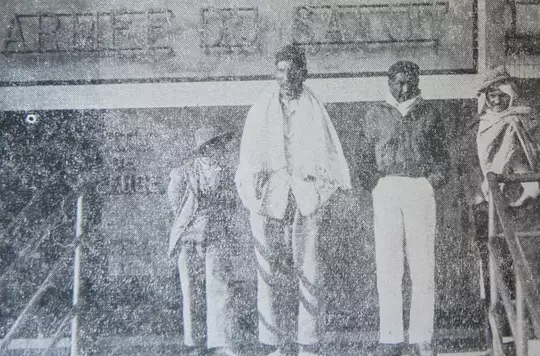
Guest blog: Soup, Soap, and Salvation: The Armée du Salut in French Guiana
Our fourth guest blog is written by Clare Anderson, Professor of History at the School of History, Politics & International Relations, University of Leicester